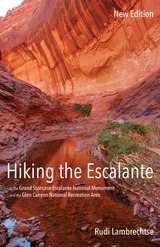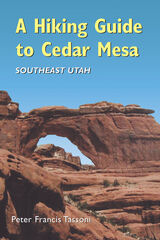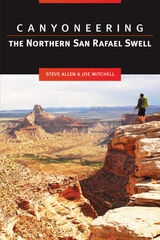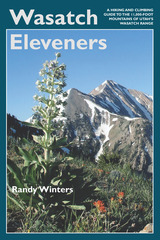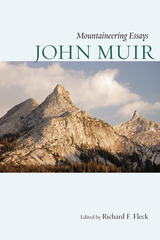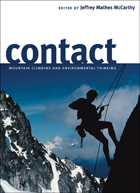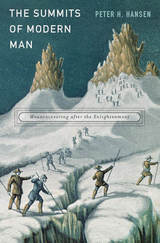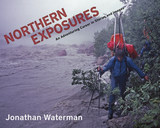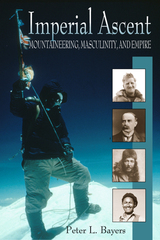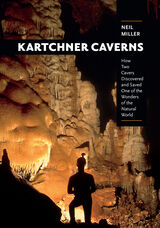Aconcagua: The Invention of Mountaineering on America’s Highest Peak
University of Arizona Press, 2011
eISBN: 978-0-8165-0231-8 | Paper: 978-0-8165-2950-6
Library of Congress Classification GV199.44.A72A2647 2011
Dewey Decimal Classification 796.522098264
eISBN: 978-0-8165-0231-8 | Paper: 978-0-8165-2950-6
Library of Congress Classification GV199.44.A72A2647 2011
Dewey Decimal Classification 796.522098264
ABOUT THIS BOOK | AUTHOR BIOGRAPHY | REVIEWS | TOC
ABOUT THIS BOOK
Aconcagua is the highest mountain in the Americas and the tallest mountain in the world outside of the Himalayas. Located in the Andes Mountains of Argentina, near the city of Mendoza, Aconcagua has been luring European mountain climbers since 1883, when a German ge-ologist nearly reached the mountain’s summit. (A Swiss climber finally made the ascent in 1897.) In this fascinating book, Joy Logan explores the many impacts of mountaineering’s “discovery” of Aconcagua including its effect on how local indigenous history is understood. The consequences still resonate today, as the region has become a magnet for “adventure travelers,” with about 7,000 climbers and trekkers from all over the world visiting each year.
Having done fieldwork on Aconcagua for six years, Logan offers keen insights into how the invention of mountaineering in the nineteenth century—and adventure tourism a century later—have both shaped and been shaped by local and global cultural narratives. She examines the roles and functions of mountain guides, especially in regard to notions of gender and nation; re-reads the mountaineering stories forged by explorers, scientists, tourism officials, and the gear industry; and considers the distinctions between foreign and Argentine climbers (some of whom are celebrities in their own right).
In Logan’s revealing analysis, Aconcagua is emblematic of the tensions produced by modernity, nation-building, tourism development, and re-ethnification. The evolution of mountain climbing on Aconcagua registers seismic shifts in attitudes toward adventure, the national, and the global. With an eye for detail and a flair for description, Logan invites her readers onto the mountain and into the lives it supports.
Having done fieldwork on Aconcagua for six years, Logan offers keen insights into how the invention of mountaineering in the nineteenth century—and adventure tourism a century later—have both shaped and been shaped by local and global cultural narratives. She examines the roles and functions of mountain guides, especially in regard to notions of gender and nation; re-reads the mountaineering stories forged by explorers, scientists, tourism officials, and the gear industry; and considers the distinctions between foreign and Argentine climbers (some of whom are celebrities in their own right).
In Logan’s revealing analysis, Aconcagua is emblematic of the tensions produced by modernity, nation-building, tourism development, and re-ethnification. The evolution of mountain climbing on Aconcagua registers seismic shifts in attitudes toward adventure, the national, and the global. With an eye for detail and a flair for description, Logan invites her readers onto the mountain and into the lives it supports.
See other books on: Argentina | Description and travel | Discovery and exploration | Invention | Mountaineering
See other titles from University of Arizona Press





